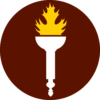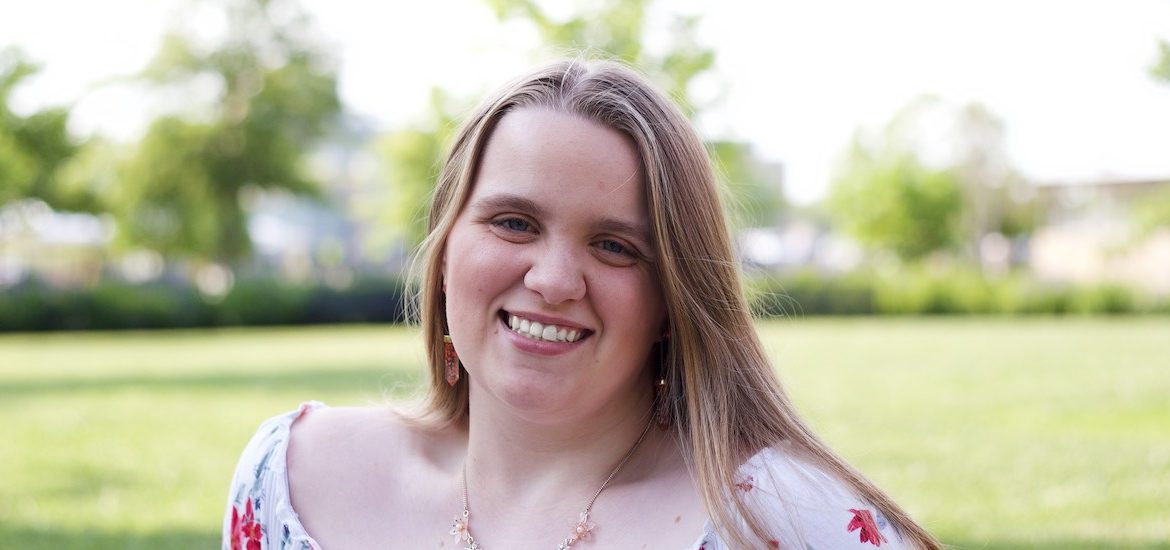One Rowan University Student Breaks Down Barriers All Year Round, Not Just During Awareness Months
In 1997, sociologist Judy Singer introduced a new terminology to the world of science/medical world called neurodiversity, which is a concept that helps those to understand that there are varied ways that each person’s brain processes information, functions, and presents their behaviors. Singer wanted to emphasize that instead of believing that something was “wrong” or that behaviors were “problematic” when others did not perform the same way as others, neurodiversity embraced all of those differences.
Since neurodiversity is a wide group, Singer decided to create a more shortened group of the most prominently group of called neurodivergence. This helps to refer to a more consistent way that brains work very differently for that certain group of people than for the majority of others.
A few types of neurodivergence are autism, ADHD, dyslexia and epilepsy.
With this in mind, today we feature senior English major Heather Sutton from Logan Township, Gloucester County, NJ. Heather shares how she educates the Rowan community about the neurodiversity community through the Neurodiversity Club.
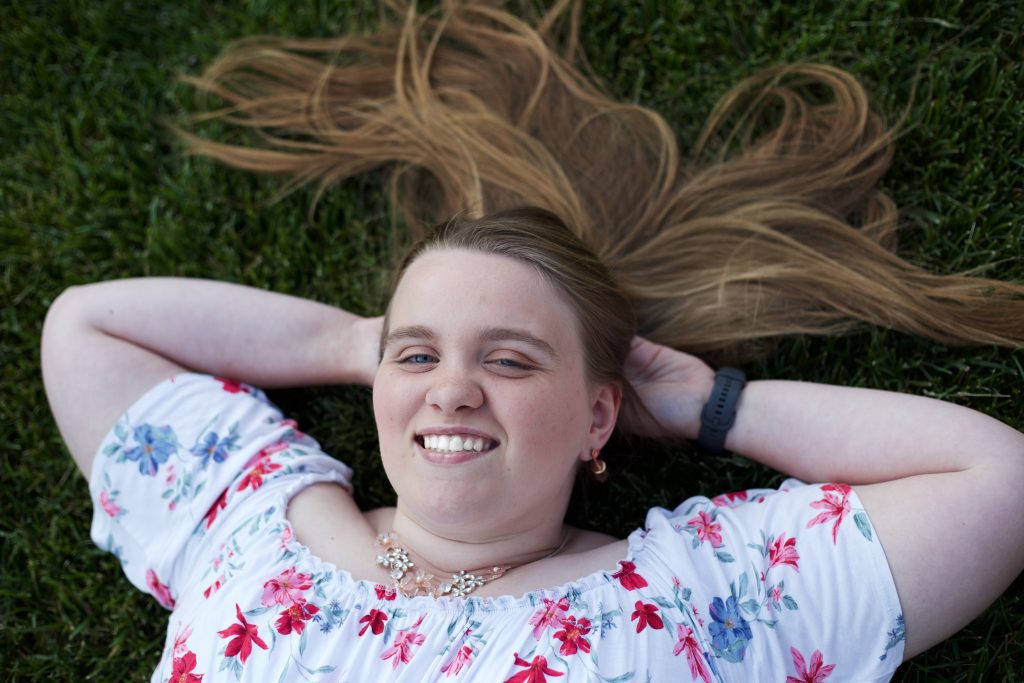
Heather defines autism as an invisible disability and shares, “We call it a spectrum because every individual who is autistic has a variety of skills sets to we have different levels of support needs to help us manage in our day to day lives,” she states. “As someone like me, I am more on the lower support needs to where I don’t really need as much assistance to function in my daily life unlike others who do need more assistance within their own lives.”
She emphasizes that there is a huge difference within the very wide spectrum, and pushes away the narrative of those who argues that the spectrum is very linear, which it is not.
As a child, Heather was first diagnosed with Asperger’s before the term autism came about a bit later on, based on which the Diagnostic and Statistical Manual of Mental Disorders, Fifth Edition (known as the DSM-5) placed her into that category. She later gained an updated diagnosis, identifying as both autistic and ADHD.
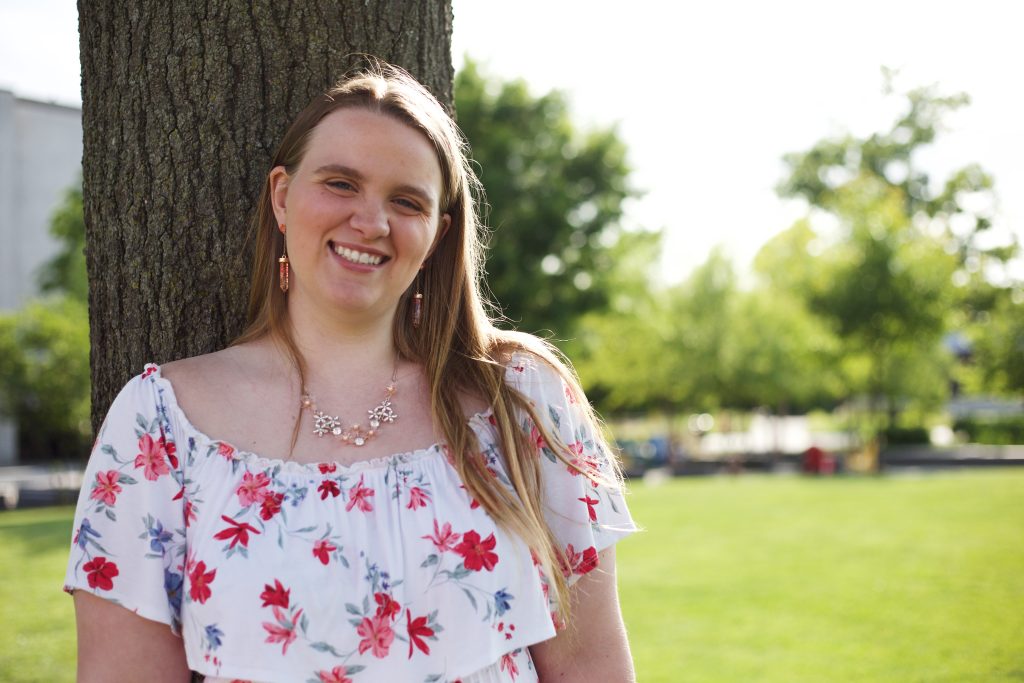
Heather makes it her mission to spread the fact that autism is a in fact a disability that strongly needs to be accepted and aware about within society today. “You can’t change a autistic person; this is a lifelong thing that does not go away.” She quotes: “Nothing about us, without us” which is a famous phrase within the community – which means that you should not do anything about the autism community without the community.
She explains in depth that there are people who will try to speak for those who are neurodivergent, and urges for those within society to only listen to only those who voices truly matter and that is of those who are within the neurodivergent community only, by firstly debunking the stigmas placed against them by professionals within the medical and educational system.
In addition, “Verbal communication is not the only way those who are autistic could communicate,” she explains. Those who are non-verbal may communicate through written and sign language, communication tablets, and flashcards. These variations in communication methods are highly stigmatized, Heather has found; beliefs that Heather works to destigmatize.
Heather describes how she felt heard and seen by one professor, who is also part of the neurodivergent community. “She has always been super helpful to me, and has always been super calm and patient with me,” she states. “One day I came in after having a meltdown, and she took quick notice of that. She called me into her office after class, and asked me if I wanted to vent or decompress to her about what’s wrong. I just remember being very supported within that conversation, and it helped me develop a plan to make sure I could still function within the classroom.”
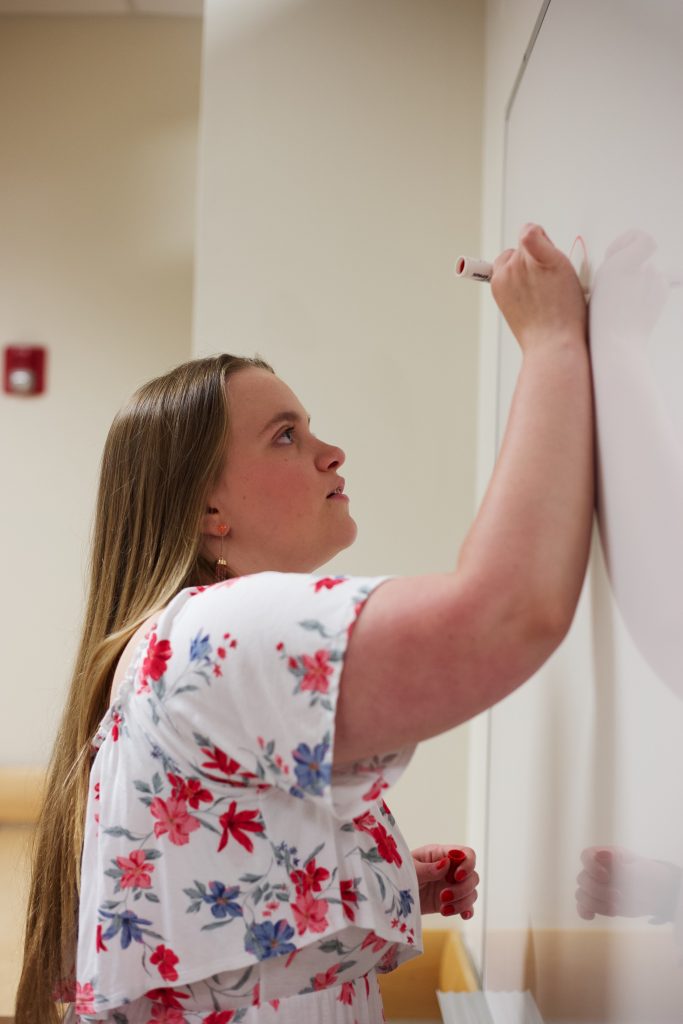
The Office of Accessibility Services at Rowan offers services that Heather finds helpful. In one case, Heather found herself having a panic attack in response to the timeframes and time limits during midterm and final exam weeks. After reaching out to her professor, and then the Office of Accessibility Services, Heather leveraged accommodations to take her exams at the Testing Center. This change of location, a quieter environment, and extended test time is available to students as a part of their accommodations to provide the right environment necessary for them to thrive academically.
Within the Neurodiversity Club, Heather works to create more spaces on campus to discuss “what is neurodiversity” and to break down barriers and stigmas. The club is a place for those who are strong advocates for the community for both people within the community, as well as allies and advocates.
As Heather looks forward to becoming an English teacher after graduation, she is sure to impact the lives of countless students and continue to advocate for those who identify as neurodiverse.
Like what you see?
Story and Photos by Tatiana Retamar, Journalism major
